Fort St. Vrain in Pictures: 6
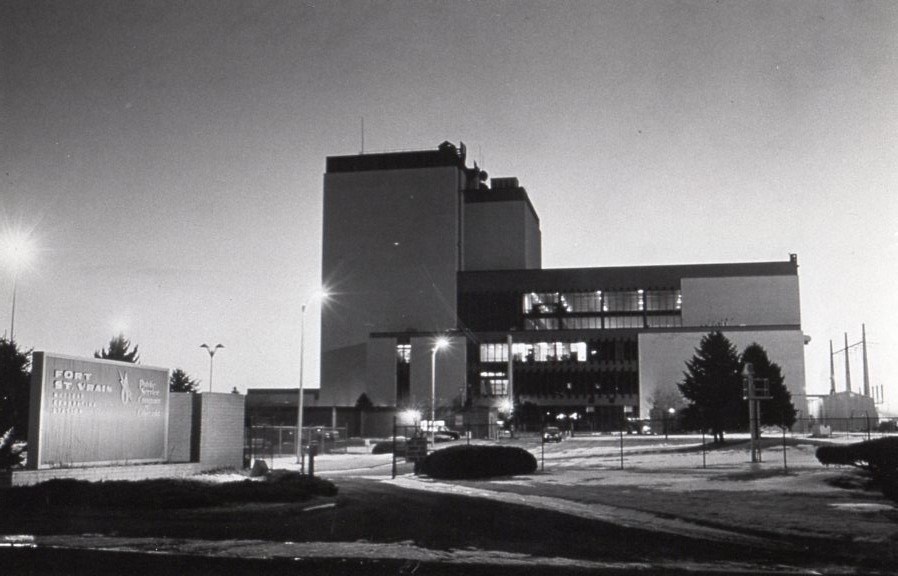
The Fort St. Vrain Nuclear Generating Station completed and in operational service. Press photo in Will Davis collection.
The initial startup of the Fort St. Vrain station finally happened on January 31, 1974, which was roughly one month after the station had received an operating license from the Atomic Energy Commission (AEC). As was the habit in those days with plants that were more experimental in nature than the light water plants, Public Service of Colorado had applied for and been granted by the AEC an operating license under Section 104(b) of the Atomic Energy Act. This provision, ostensibly for medical or for research and developmental reactors, allowed a great deal more operational flexibility to the operators and additionally required far less discussion with and approval by the AEC itself on various matters concerning plant design, operation, administration and developmental testing.


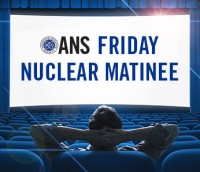
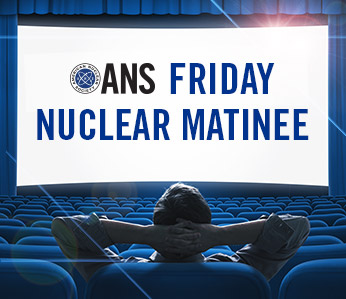
 Women's History Month is a time to reflect back on the contributions of women, and to look forward to their potential. In nuclear science, there is a rich history of female physicists and engineers contributing to our field along with their male counterparts. From the radium to radioimmunoassay to reactors, women have defied the odds to become leaders in all areas of nuclear science and engineering.
Women's History Month is a time to reflect back on the contributions of women, and to look forward to their potential. In nuclear science, there is a rich history of female physicists and engineers contributing to our field along with their male counterparts. From the radium to radioimmunoassay to reactors, women have defied the odds to become leaders in all areas of nuclear science and engineering.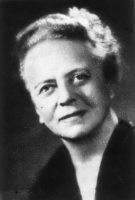
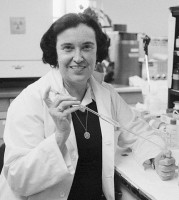
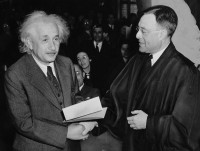 In February of 1950, a devoted follower of Albert Einstein wrote him a letter prompted by the death of his son. He questioned Einstein's belief that physical death cannot be transcended. His grief could only be overcome if Einstein were to endorse a theory wherein his love for his son would render the latter immortal [1]. Einstein wrote back to the grief-stricken father, grimly but pragmatically choosing to focus on nursing his mental health back to a more peaceful state, than on any theories about his son's death.
In February of 1950, a devoted follower of Albert Einstein wrote him a letter prompted by the death of his son. He questioned Einstein's belief that physical death cannot be transcended. His grief could only be overcome if Einstein were to endorse a theory wherein his love for his son would render the latter immortal [1]. Einstein wrote back to the grief-stricken father, grimly but pragmatically choosing to focus on nursing his mental health back to a more peaceful state, than on any theories about his son's death.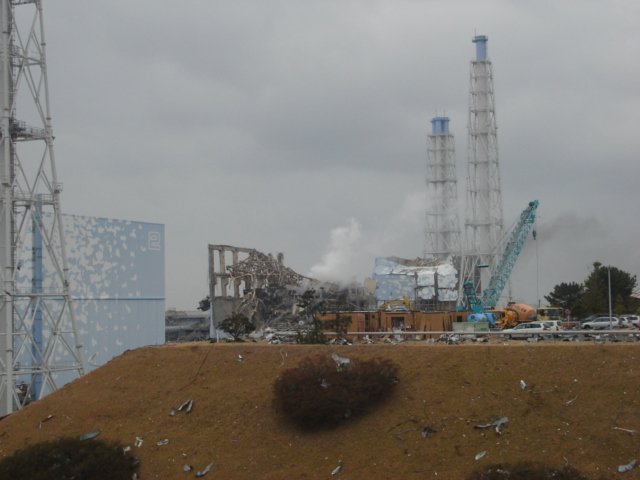 By Will Davis
By Will Davis